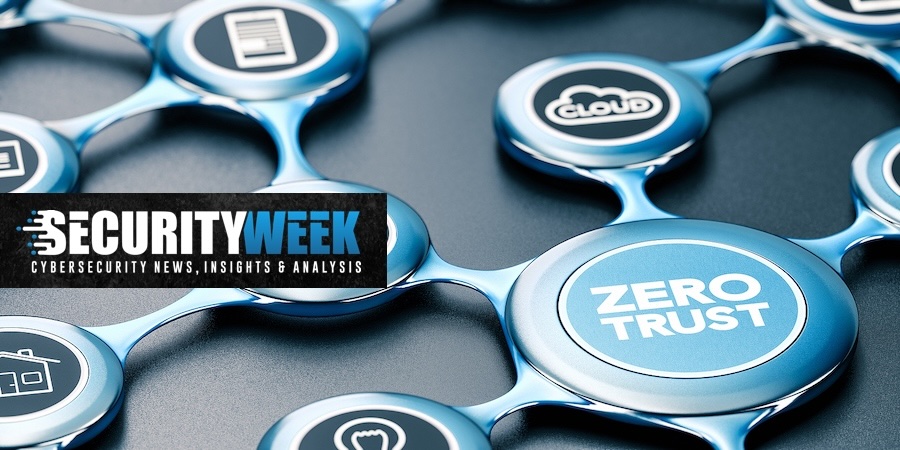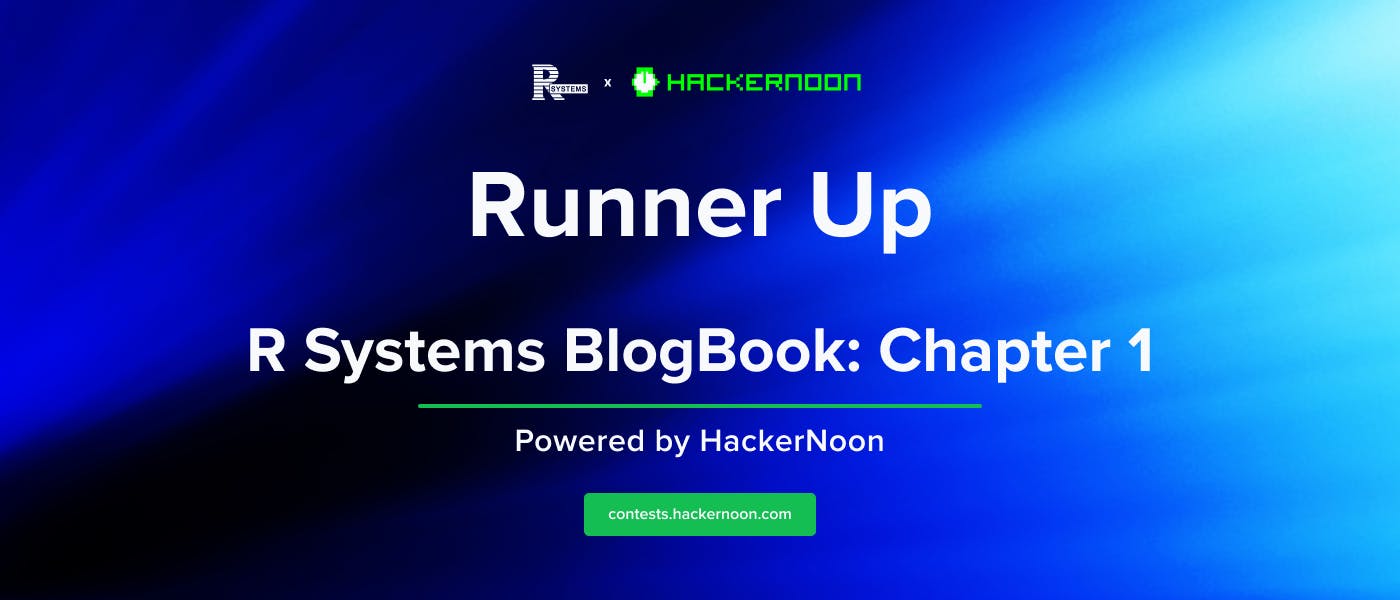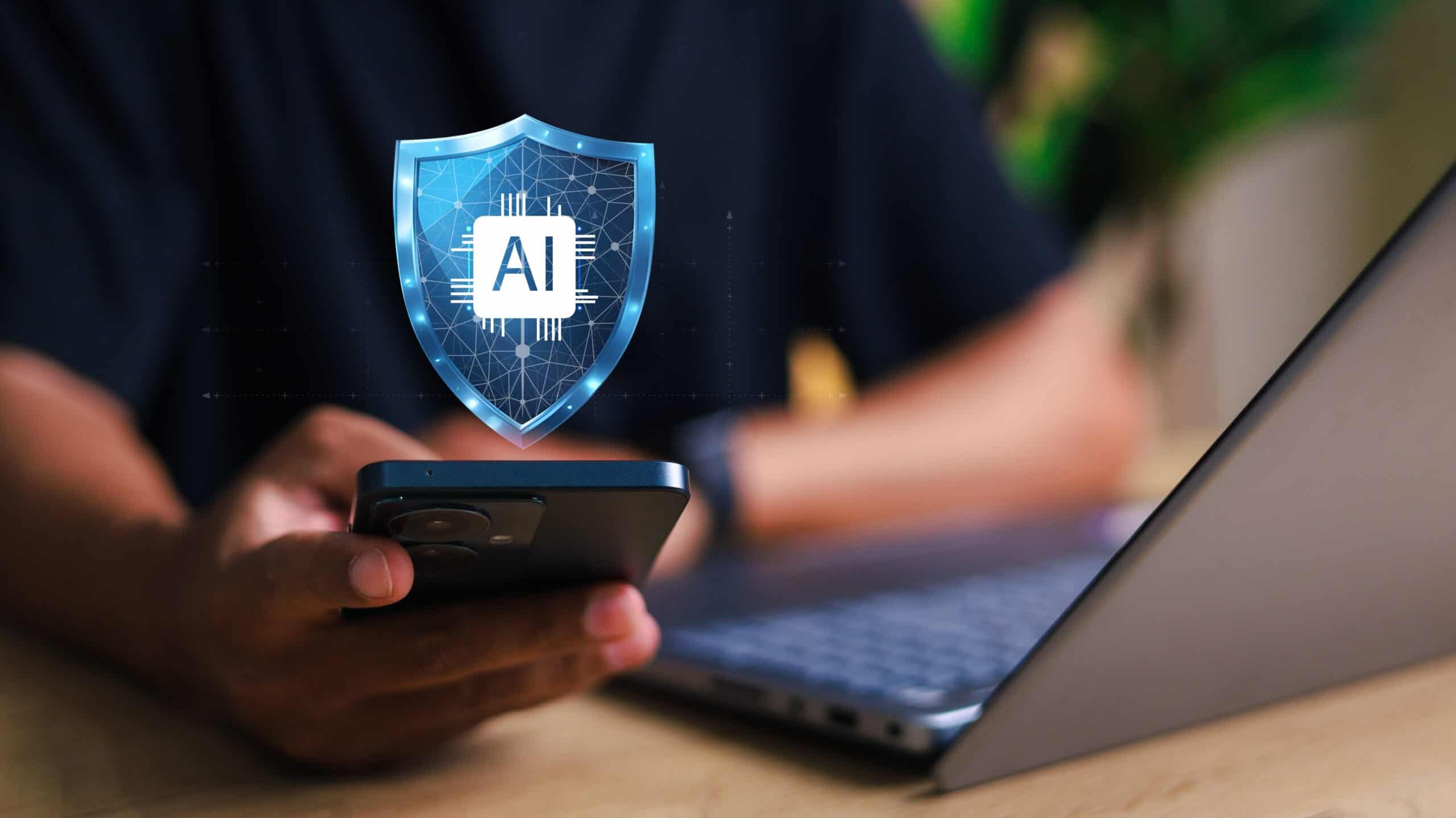#zero-trust
#zero-trust
[ follow ]
#cybersecurity #zscaler #ai-security #cloud-security #risk-management #data-protection #microsoft #ransomware
Information security
fromForbes
4 days ago5 Pressing Cybersecurity Challenges Every Business Must Address
Businesses must adopt integrated Zero Trust, identity-centric controls, monitoring, and least-privilege practices to mitigate hybrid workforce, insider threats, lateral movement, cloud, and vendor risks.
Information security
fromNextgov.com
1 week agoThe federal government's data protection depends on resilience - not just cybersecurity
Federal networks must adopt a resilience-first cybersecurity posture with zero-trust, real-time monitoring, and data recovery to withstand AI-driven, automated attacks.
fromSecuritymagazine
1 week agoCyberattack on Jaguar Land Rover Disrupts Business Operations
JLR was attacked earlier, too. In March 2025, JLR was targeted by the HELLCAT ransomware group, which compromised Atlassian Jira credentials to steal hundreds of gigabytes of sensitive data. This new attack, leading to the systematic shutdown of production facilities and retail systems, suggests either a ransomware attack or a significant system compromise. Clearly, JLR needs to immediately implement capabilities to prevent lateral movement that attackers resort to after an initial breach, among other cybersecurity controls.
Information security
Artificial intelligence
fromwww.infoworld.com
3 weeks agoSecuring AI workloads in Azure: A zero-trust architecture for MLOps
Zero-trust MLOps architecture uses Microsoft Entra ID, Azure Key Vault, Private Link and metadata-driven controls to authenticate, enforce least privilege, encrypt, isolate, and audit.
fromBleepingComputer
2 months agoOvercoming Technical Barriers in Desktop and Application Virtualization
Virtualized environments are prime targets for cyberattacks due to their centralized nature and the potential vulnerabilities inherent in remote access protocols. Common Security Risks in Virtualization include credential-based attacks and exposure of RDP ports.
Remote teams
fromComputerworld
2 months agoGoogle finally gets strict about web server certificates
Hollebeek argued that this is the right move, given that "many of these applications need no communication outside of the company network and will therefore be more securely protected on an internal PKI, where the organization can configure certificates as they see fit."
Privacy technologies
fromThe Hacker News
2 months agoA New Maturity Model for Browser Security: Closing the Last-Mile Risk
Despite a robust investment in security measures like Zero Trust and endpoint protection, enterprises are significantly neglecting browser security, the critical layer where much of modern work occurs.
Privacy technologies
fromDevOps.com
4 months agoWhy CI/CD Pipelines Break Zero-Trust: A Hidden Risk in Enterprise Automation - DevOps.com
Zero-trust principles are crucial in modern cybersecurity yet CI/CD pipelines often ignore them by assuming automation is inherently trustworthy, creating security vulnerabilities.
DevOps
fromForbes
4 months agoEnhancing Connectivity: The Cafe-Like Branch Model
Although caffeine and connectivity are easily available from public places, it's a real Sophie's Choice for IT and security leaders: Allow users direct access to the internet with no security controls, or route traffic to a remote data center using a VPN.
Remote teams
[ Load more ]









